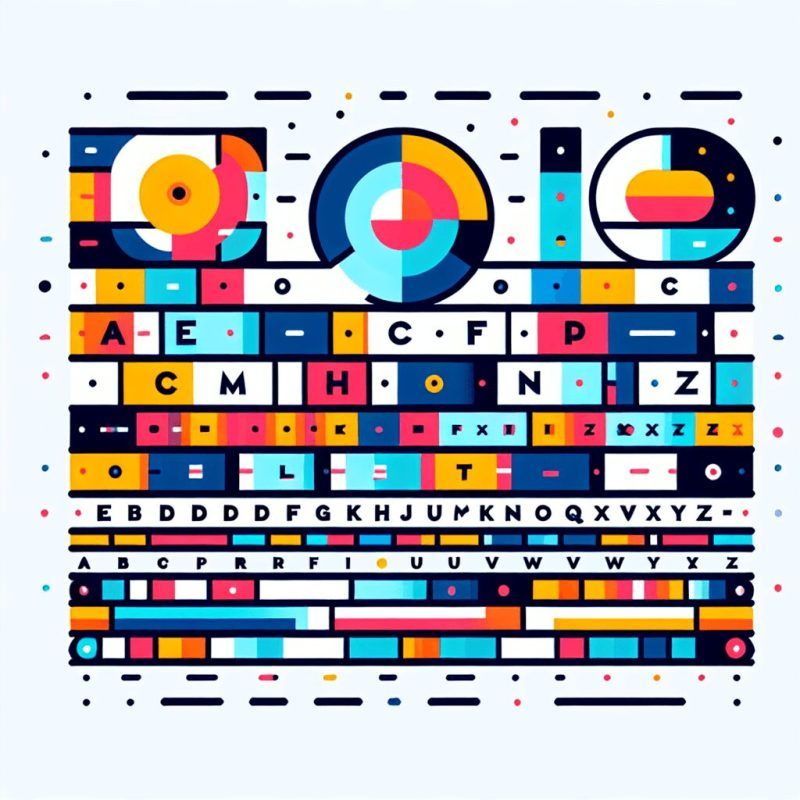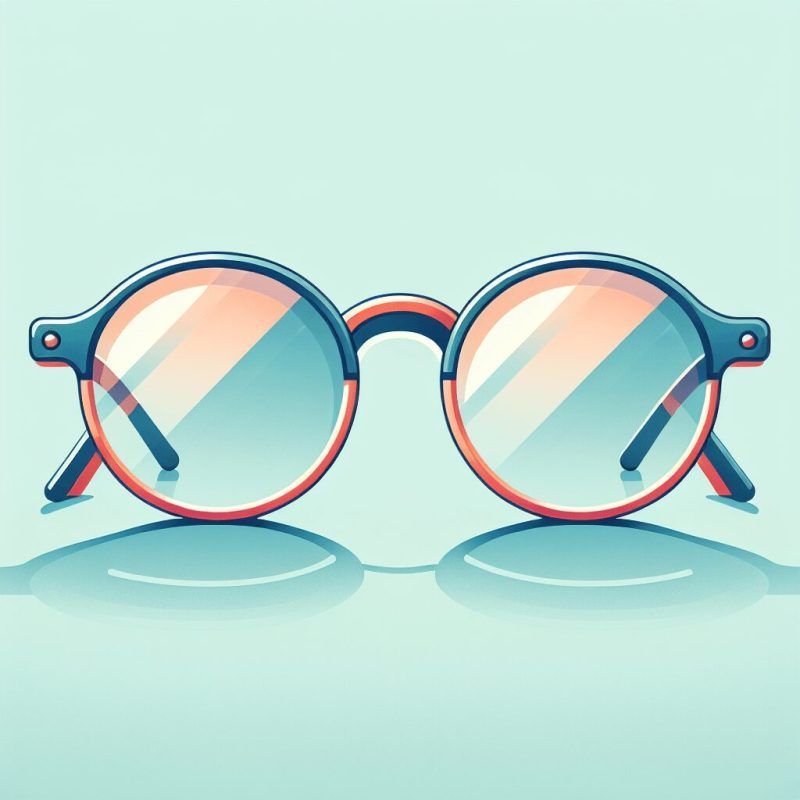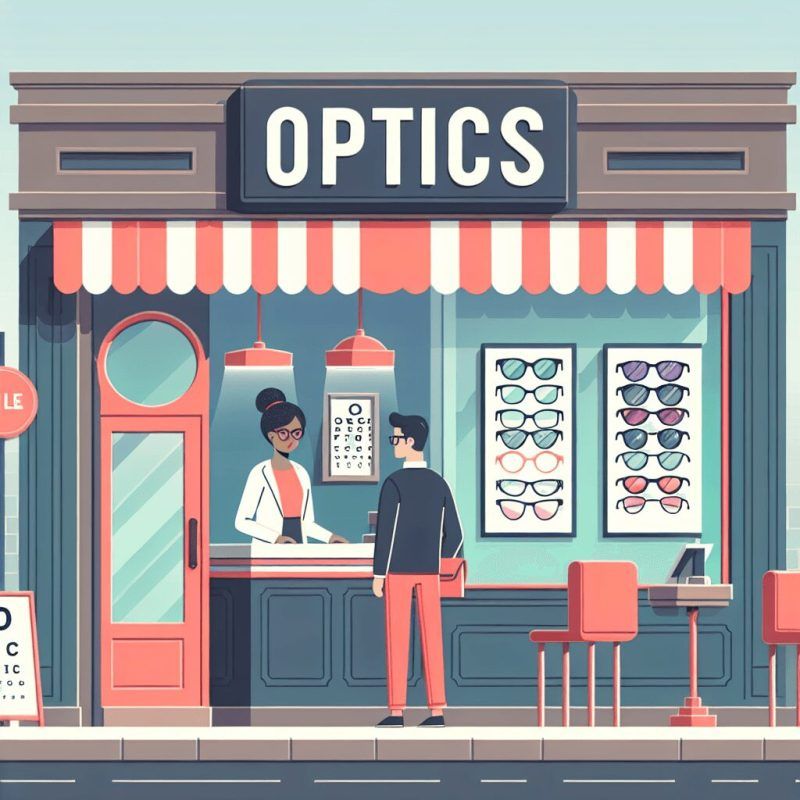Doctor's Corner
Analyzing Your Eye Prescription
Have you ever wondered about the meaning of all the numbers and acronyms on your eye prescription? Understanding your eye prescription is like deciphering a secret code that holds the key to clear vision. From O.D. and O.S. to Sphere (SPH) and Cylinder (CYL), each detail is important for ensuring you see clearly.
Join us as we explore your eye prescription, explaining what each measurement means and why regular updates are crucial for maintaining good eye health.
Understanding Your Eye Prescription
Decoding the Numbers
The numbers for sphere, cylinder, and axis in an eye prescription show the lens power for nearsightedness or farsightedness, astigmatism measurement, and astigmatism location.
Understanding these numbers is important to determine the correction needed for clear vision.
Prism and base measurements in an eye prescription can correct double vision. The prism measurement aligns the image into a single view, and the base shows the direction of the prism.
These measurements ensure that people with double vision see a single, clear sight.
To tell the right eye and left eye measurements apart in an eye prescription, check for “OD” for the right eye and “OS” for the left eye.
Knowing which eye each measurement relates to is important for accurate prescription fulfillment and vision correction.
Sphere, Cylinder, and Axis
In an eye prescription, three main measurements are used: Sphere, Cylinder, and Axis. These determine the type of corrective lenses needed.
-
The Sphere value corrects nearsightedness or farsightedness by indicating the lens power required. A negative value is for nearsightedness, and a positive value is for farsightedness.
-
The Cylinder measurement identifies astigmatism, which causes blurry vision due to irregular cornea or lens curvature.
-
The Axis value shows the orientation of astigmatism, helping to align the correct lens for effective correction.
These values work together to ensure precise vision correction, addressing specific visual problems. Although all three measurements are important, the Axis value focuses on the astigmatism’s orientation along the eye’s meridians, making it a key factor in customizing lenses for each person’s vision needs.
Prism and Base
Prism and base in an eye prescription correct double vision from eye misalignment.
The prism redirects light to help both eyes work together.
The base direction shows where the thickest prism point is for best vision correction.
Positioning these elements strategically helps address alignment issues, improving vision comfort.
Personalized lenses show how exact measurements and prism correction impact visual clarity.
Regular eye check-ups detect these needs for accurate adjustments.
Differentiating the Right Eye from the Left Eye
In an eye prescription , it’s important to know the difference between the right and left eye for proper vision correction.
The abbreviations O.D. and O.S. help identify which values correspond to each eye. O.D. is for the right eye, and O.S. is for the left eye.
Understanding these abbreviations is crucial for getting the right lens power for each eye. For instance, if someone is nearsighted in their right eye (O.D.), the nearsightedness value (sphere or sph) will be specified for that eye.
Likewise, if there’s astigmatism in the left eye (O.S.), the prescription will include cylinder and axis values to correct it.
By focusing on these details in the prescription, individuals can ensure that their glasses or contacts match their vision needs accurately for both eyes.
Analyzing Lens Power
We need to check the sphere, cylinder, and axis values when looking at lens power in an eye prescription.
-
The sphere value shows the lens power for nearsightedness or farsightedness. Negative values indicate nearsightedness and positive values indicate farsightedness.
-
The cylinder value measures astigmatism, which is an irregular cornea curve.
-
The axis value indicates the astigmatism location, helping find the right lens power for clear vision.
Prism and base are also important in determining lens power.
-
The prism fixes double vision by changing how light goes into the eye.
-
The base direction (up, down, in, or out) of the prism affects the correction needed.
To tell between the right and left eye, we use the abbreviations OD (right eye) and OS (left eye). Knowing which eye each prescription is for is crucial to ensure the right lens power for the best vision correction.
Determining Add Power
Eye doctors determine the patient’s reading prescription strength by assessing their near vision needs. They consider the degree of nearsightedness or farsightedness in each eye, the lens power for distance vision, and any astigmatism present in calculating the added power for glasses. Factors like age, eye conditions (such as glaucoma or cataracts), and overall eye health are important.
The axis of astigmatism, indicating the cornea’s irregular curve orientation, is also considered for accurate vision correction. Research shows that additional powers differ between children and adults due to age-related changes. A comprehensive eye exam by a qualified optometrist is crucial for accurately determining the add power in the patient’s glasses prescription.
Eye Prescription Analysis for Glasses
Choosing the Right Lens Type
Factors to be considered when choosing the right lens type for glasses:
-
Understanding the numbers on the eye prescription, such as :
-
Sphere and cylinder diopters for :
-
Correcting nearsightedness
-
Correcting astigmatism
-
Determining the appropriate lens power by identifying :
-
The SPH value for :
-
Nearsighted or farsighted corrections
-
The CYL value for :
-
Astigmatism correction
-
Differentiating between right eye (OD) and left eye (OS) prescriptions is crucial to select lenses that ensure accurate vision correction tailored to each eye’s specific needs.
By understanding these details, individuals can make informed choices when selecting lenses that provide the necessary correction for their vision.
Regular eye exams by an eye doctor are essential for:
-
Monitoring changes in vision
-
Updating prescriptions accordingly
-
Especially as factors like :
-
Age
-
Eye Health
-
Impact one’s sight over time.
Common Abbreviations in Eye Prescriptions
Interpreting Abbreviations for Contact Lenses
The prescription for contact lenses includes abbreviations like sphere, cylinder, and axis. These measurements determine the lens power needed to correct vision.
For example, the sphere shows nearsightedness or farsightedness level. Cylinder measures astigmatism degree, and the axis pinpoints the astigmatism location for crafting the right lens.
Abbreviations like prism and base in the prescription deal with double vision correction. Prism value decides the deviation amount to align the visual axis. Base denotes the prism’s orientation in the lens to fix the problem effectively.
In a contact lens prescription, OD (right eye) and OS (left eye) abbreviations differentiate between eyes. These ensure accurate lens prescription for each eye based on their unique visual needs and any refractive errors to correct.
Recognizing Nearsighted Prescriptions
When analyzing an eye prescription, identifying nearsightedness includes looking at specific indicators. For nearsightedness, a negative lens power in the sphere measurement shows up. This means that distant objects might appear blurry.
On the other hand, a positive diopter in the SPH usually means farsightedness. To understand astigmatism that can come with nearsightedness, the cylinder value and axis are important. Not all prescriptions state the condition directly, but negative numbers and talk of blurry vision can strongly hint at nearsightedness.
It’s crucial to consult with an eye doctor for a thorough check-up. Precise measurements of pupillary distance and the cornea shape impact the needed lens correction. By carefully analyzing the numbers and abbreviations in the prescription, one can identify specific vision issues, like nearsightedness, and take steps to improve sight quality and eye health.
FAQ
What does my eye prescription mean?
Your eye prescription indicates the lens power needed to correct your vision. For example, a prescription of -2.50 means you are nearsighted. The first number indicates the sphere (near/farsighted), the second number is the cylinder (astigmatism), and the third number is the axis.
How do I read my eye prescription?
To read your eye prescription, look for values in columns labeled OD (right eye) and OS (left eye). “Sphere” indicates nearsightedness (-) or farsightedness (+). “Cylinder” shows astigmatism. “Axis” specifies the angle of astigmatism. “Add” is for bifocals. For example, OD:
-2.00 -1.00 x 90.
Why is it important to analyze my eye prescription?
Analyzing your eye prescription is important to ensure you have the correct eyeglass or contact lens prescription for optimal vision. It can help prevent headaches, eye strain, and blurry vision.
What are the different components of an eye prescription?
The different components of an eye prescription include the sphere (Sph), cylinder (Cyl), axis, and the added power for reading glasses (Add). For example, a prescription may look like this:
-2.00 Sph, -1.50 Cyl, 180 Axis, and +2.00 Add.
Can my eye prescription change over time?
Yes, it is possible for your eye prescription to change over time. This can be due to factors such as age, health conditions, or changes in vision. It is recommended to have regular eye exams to monitor any changes in your vision.
Ensure your vision is at its best with a thorough analysis of your eye prescription. Schedule a consultation at Superior Eye Care in The Woodlands or Quality Eye Care in Willowbrook, Texas, to receive expert guidance and adjustments tailored to your unique visual needs.
The post Analyzing Your Eye Prescription first appeared on Optometrist in Woodlands & Willowbrook TX.
Doctor's Corner





